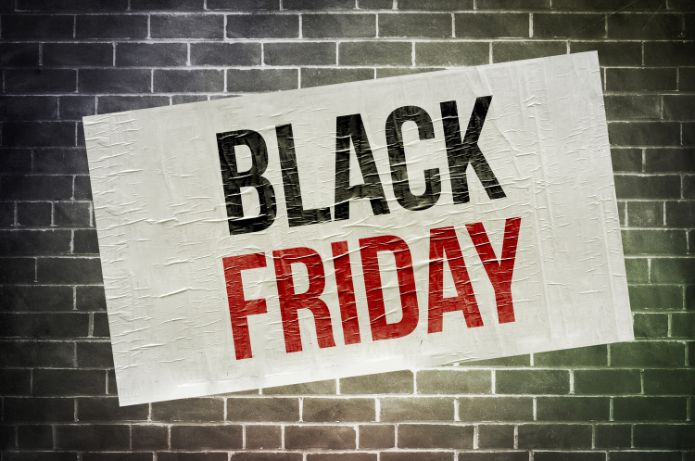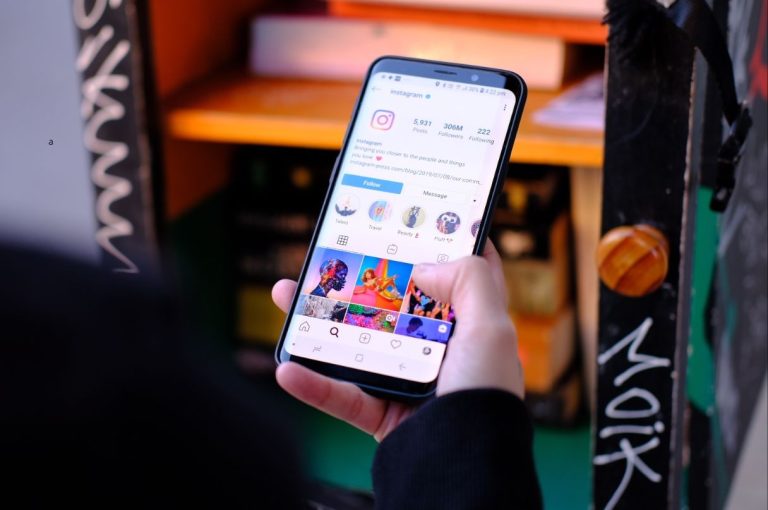Social media platforms are on every marketer's radar. Not only can brands hyper-segment consumers using social media data to accurately understand their demographics, but they can also easily reach and expand any audience around the world. Furthermore, companies can track ROI, which, in turn, enables campaign optimization for future marketing strategies.
One way to advertise on social media is through the increasingly popular Meta Reels. Initially 15 seconds long, Reels has been expanded to allow for longer videos with varying production qualities. This evolution has attracted marketers looking to engage with their audiences in new and creative ways, whether through Reels Stories or in-feed formats.
Data from Statista indicates that Brazil is the fifth-largest social media market in the world and the largest in Latin America in terms of audience, with over 841,000 people accessing social media daily. With this in mind, marketers need to be attentive to their audience's every move.
With different Reels formats yielding varying results, brands looking to boost campaign performance need to understand the nuances associated not only with different production budgets but also with different channels. A study by Vidmob, a leading global AI platform for creative performance, conducted a detailed analysis to understand the effectiveness of Reels for advertising. From low-fidelity (lo-fi) content and user-generated content (UGC) to the difference between posting on Facebook Reels versus Instagram Reels, the study showed that results are content- and platform-specific.
"To improve campaign performance, brands must understand the nuances of different Reels formats, taking into account both varying production budgets and different distribution channels, such as Instagram and Facebook. AI-powered analytics can guide marketers seeking better campaign results," says Miguel Caeiro, Head of Latam at Vidmob.
1. Conteúdo “amador” se destaca
While similar to UGC, lo-fi content can be intentionally created by a brand to convey a “homemade” feel.
Vidmob's study found that social media users prefer lo-fi content that resembles UGC over high-fidelity (hi-fi) content, which is often associated with scripted ads seen on television and streaming channels.
Lo-fi content saw an 81% increase in click-through rate (CTR) and a 13.6% increase in views in the first 25% of the video (VT25%), compared to the average ad. In comparison, hi-fi content saw a 71% decrease in CTR and a 14.5% decrease in VT25% compared to the average.
2. Imagens de produtos e presença humana têm grande importância
Despite being Meta networks, Instagram and Facebook have different structures. However, successful strategies on one platform apparently influence the performance of the other.
Vidmob's analysis revealed that using key product images or human presence at the beginning of any Reel is crucial for its VTR, which is the ratio of users who watch a video ad to the end, relative to the total ad impressions. Images saw an 8% increase in VTR25% and a 10% increase in VTR25%. In comparison, text-heavy creatives saw a 60% decrease in VTR25%.
The data also revealed that audiences on both Meta platforms showed interest in different types of lo-fi content. Instagram provides an experience that allows viewers to follow and connect with influencers in a more intimate way, while Facebook provides more functional content with a less personal feel.
The research confirmed that talent-led content performed best on Instagram, with a 20% increase in Q25%, but a 33% decrease in Q25% for Reels on Facebook.
3. A eficácia criativa é fundamental para alcançar um ROI mais alto
The study confirms that creative execution on social media is essential to boosting campaign performance, which, in turn, must be tailored to the individuality of the content and channel – Instagram or Facebook.
According to the results, the best way for brands to optimize their Reels results is by analyzing the collected creative data with brand-specific information, which generates important insights that their teams can evaluate and transform into viable strategies.
By analyzing creative output from an analytical perspective, supported by creative data observed on a daily basis, brands can optimize their creativity and generate better results.
"The Reels format creates a strong connection with audiences on social media. Its simplicity, combined with its great sharing potential, brings brands closer to people and increases the likelihood of campaigns going viral," says Caeiro.











